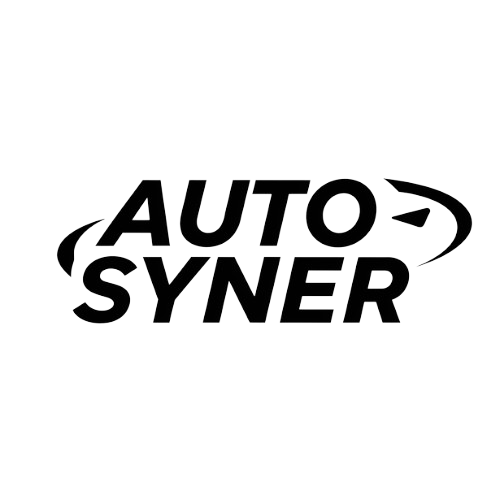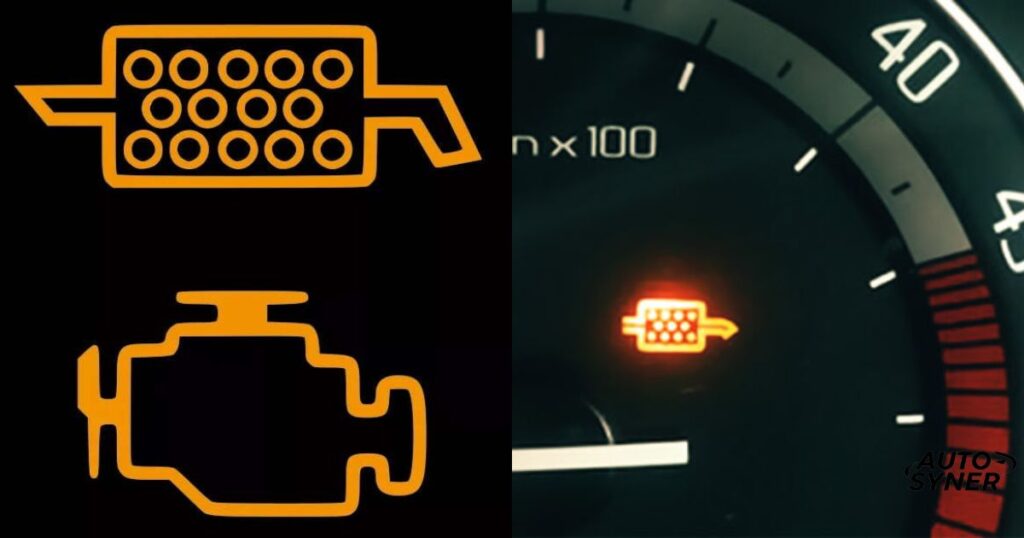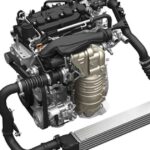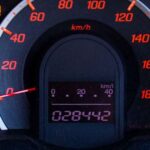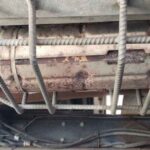Seeing the “regen light” on your diesel vehicle’s dashboard can be a source of stress and uncertainty. What does this light mean, and what should you do about it? The truth is, this warning indicator is trying to tell you something important about the health of your Diesel Particulate Filter (DPF) – a crucial component in your vehicle’s emissions control system. Ignoring the regen light can lead to costly repairs and negatively impact your engine’s performance. However, understanding the causes and taking the right steps can help you stay ahead of any DPF issues. In this comprehensive guide, we’ll dive into everything you need to know about the regen light and how to keep your diesel vehicle running smoothly.
What is the DPF Regen Light?
The Diesel Particulate Filter (DPF) is a crucial component in the exhaust system of modern diesel engines. Its primary function is to capture and remove particulate matter, such as soot and fine particles, from the exhaust gases. This helps reduce harmful emissions and comply with environmental regulations.
Over time, as the engine operates, the DPF collects these particles, and it needs to undergo a regeneration process to prevent clogging. The DPF regen light is design to notify the driver when this regeneration is require. When the light illuminates, it indicates that the DPF is becoming blocked and needs to be clean through the regeneration cycle.
Types of DPF Regen Lights
There are two main types of DPF regen lights that you may encounter:
- Flashing DPF Light: A flashing DPF light indicates that the DPF is nearly full of soot and requires immediate attention. If left unaddressed, the vehicle may enter “limp mode,” significantly reducing engine performance.
- Solid DPF Light: A solid or steady DPF light signals that the DPF is approaching its maximum soot capacity and needs to undergo the regeneration process.
Understanding the difference between these two light indicators can help you take the appropriate action to maintain your vehicle’s DPF system.
Causes of the DPF Regen Light Turning On
The DPF regen light can illuminate for several reasons, the most common being the accumulation of soot in the filter. This can happen due to:
- Driving Patterns: If you predominantly take short trips or drive in stop-and-go traffic, the DPF may not have the opportunity to reach the necessary high temperatures to initiate passive regeneration.
- Faulty Components: Issues with the DPF system, such as malfunctioning sensors or a problem with the regeneration process, can also cause the regen light to come on.
- Poor Fuel Quality: Using low-quality diesel fuel can contribute to increased soot buildup in the DPF.
When the DPF becomes clogged, you may notice symptoms like reduced engine performance, decreased fuel efficiency, and increased exhaust backpressure.
The DPF Regeneration Process
To clear the DPF regen light and prevent further issues, the DPF needs to undergo a regeneration process. There are two main types of regeneration:
- Active Regeneration: This is an automatly process initiate by vehicle’s Engine Control Module (ECM) when the DPF becomes partially filled with soot. The ECM increases the exhaust gas temperature to a point where the particles can burn off.
- Passive Regeneration: This occurs naturally during normal driving, especially at higher speeds and under load. When the exhaust temperature reaches a certain level, the soot particles are burn off through this passive regeneration cycle.
Ensuring that the regeneration process is complete is crucial to maintaining the DPF’s functionality and avoiding further damage or performance issues.
Read This Blog: Burble Tune: A Complete Guide to Burble Tunes on Your Car
Clearing the DPF Regen Light
If the DPF regen light is illuminate, there are a few steps you can take to clear it:
- Trigger Passive Regeneration: Try driving your vehicle at highway speeds (at least 40 mph) for 15-20 minutes to allow the DPF to reach the necessary temperature for passive regeneration.
- Perform Active Regeneration: If the light remains on after attempting passive regeneration, you’ll need to take your vehicle to a service center. Technicians can initiate a forced, or active, regeneration cycle to clean the DPF.
- Replace the DPF: In some cases, the DPF so heavily clog that a simple regeneration is not enough. The filter may need to replac, which can be a costly repair.
It’s important to address the DPF regen light promptly to avoid further damage to your vehicle’s systems and maintain optimal engine performance and emissions control.
Also Read This Blog: What Happens If You Put Diesel in a Gas Car?
Preventive Maintenance for the DPF System
To keep your DPF system functioning properly and minimize the risk of the regen light turning on, consider the following preventive maintenance steps:
- Regular Servicing and DPF Cleaning: Schedule periodic service appointments to have your DPF inspected and professionally cleaned, typically every 6-9 months.
- Use High-Quality Diesel Fuel: Opt for high-quality diesel fuel to help reduce the buildup of soot and other contaminants in the DPF.
- Adopt Driving Habits that Support Regeneration: Whenever possible, try to avoid excessive idling and instead take longer trips at higher speeds to allow the DPF to reach the necessary temperature for passive regeneration.
By following these preventive maintenance practices, you can help extend the life of your DPF and avoid the inconvenience and potential costs associated with a clogged filter.
Frequently Asked Question
Can I drive with the DPF regen light on?
It is not recommended to drive with the DPF regen light illuminated for an extended period. Doing so can lead to reduced engine performance, decreased fuel efficiency, and even potential damage to the DPF and other engine components. If the light remains on, you should address the issue as soon as possible.
How often should the DPF be cleaned?
Most manufacturers recommend having the DPF cleaned every 6-9 months or as specified in the vehicle’s maintenance schedule. This regular cleaning helps prevent excessive soot buildup and ensures the DPF system continues to function effectively.
What happens if the DPF becomes completely blocked?
If the DPF becomes completely clogged with soot, it can cause severe engine performance issues, including a significant loss of power and even engine failure. In such cases, the DPF may need to be replaced, which can be a costly repair.
How much does a DPF replacement cost?
The cost of replacing a DPF can vary depending on the make and model of your vehicle, but it is generally an expensive repair. Expect to pay anywhere from $1,000 to $3,000 or more for a DPF replacement, including labor.
Can a DPF clean itself, or does it require intervention?
A DPF cannot clean itself entirely without intervention. While passive regeneration can help remove some of the accumulated soot, a full DPF cleaning typically requires active regeneration performed by a technician or a physical cleaning of the filter.
Conclusion
The “regen light” on your diesel vehicle is an important warning sign that should not be ignored. This light indicates an issue with your Diesel Particulate Filter (DPF) that requires attention. By understanding the causes of the regen light and taking the necessary steps to address it, you can keep your diesel engine running smoothly and avoid costly repairs down the line. Regular maintenance, such as DPF cleaning and using high-quality fuel, can also help prevent the regen light from coming on in the first place.
If the regen light does illuminate, don’t panic. Follow the steps outlined in this guide to clear the light and ensure your DPF system is functioning properly. With the right knowledge and proactive approach, you can keep your diesel vehicle running at its best for years to come.
